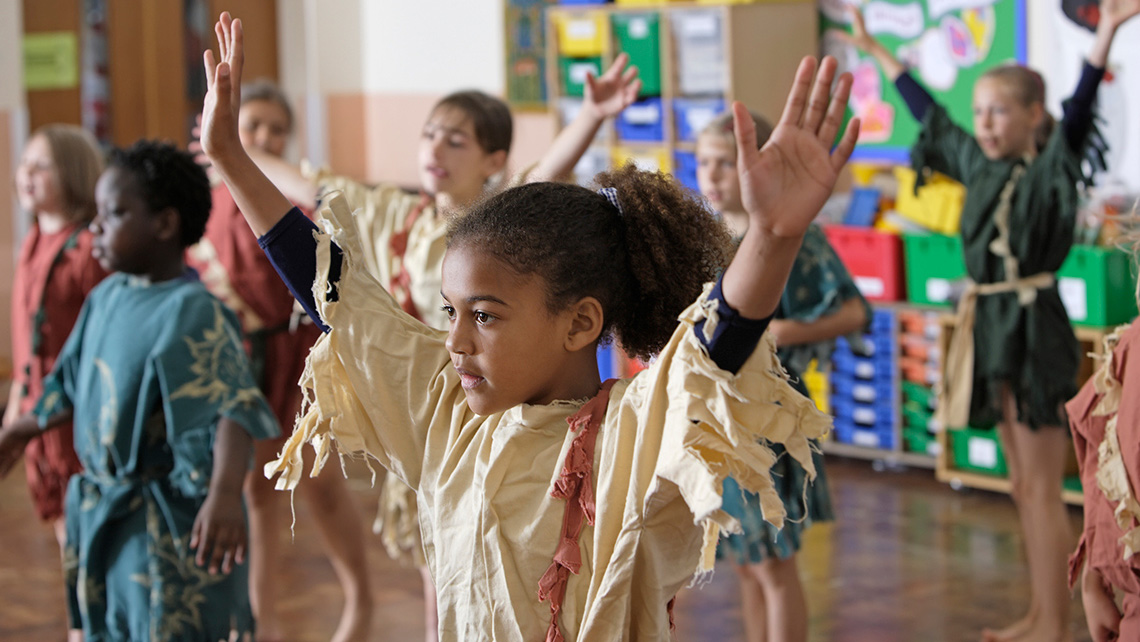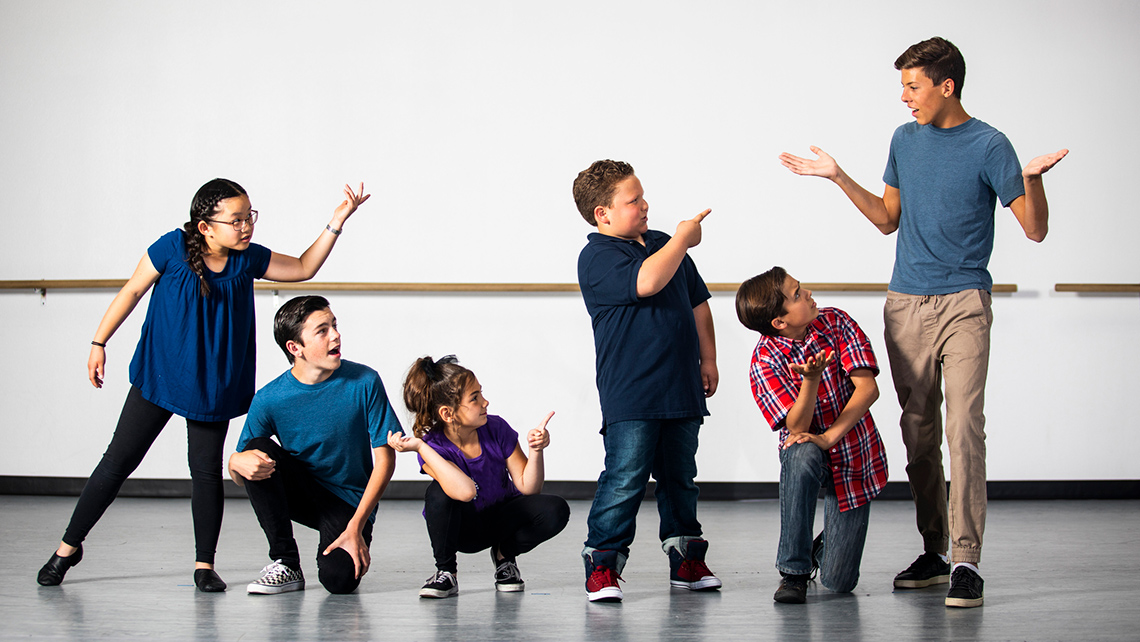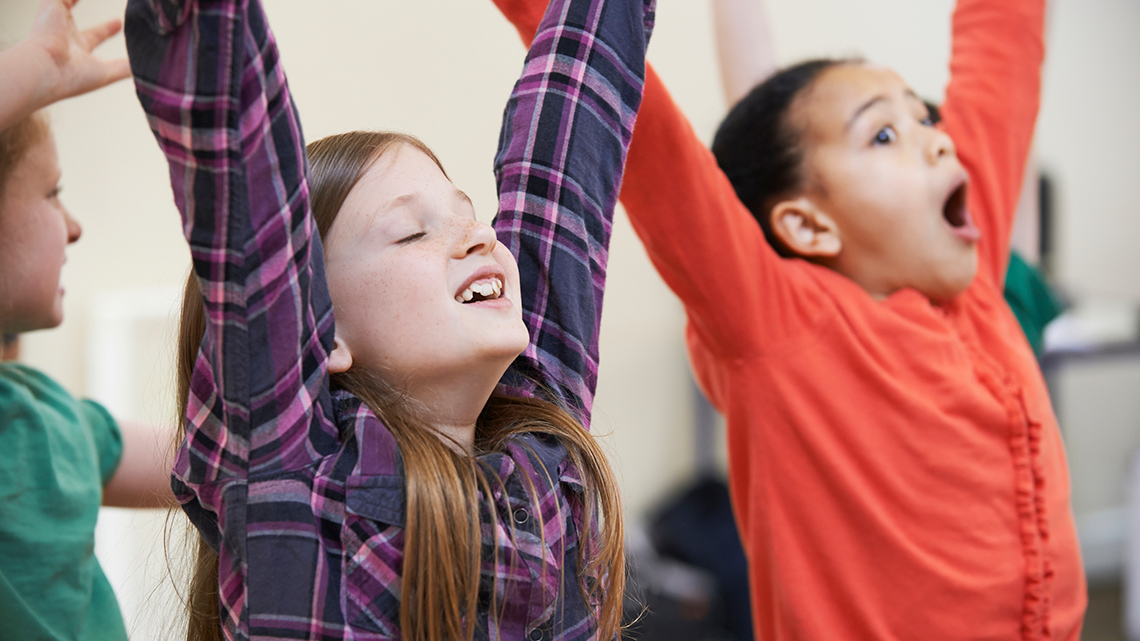Minds On
Warm up

Don’t forget to do your safety check!
Warm Up
Breathing activity
Find a comfortable position. Focus your attention on one part of the body at a time.
How does that part of your body feel? If possible, take a deep breath and allow your lungs to expand.
Focus your attention on one part of your body. Allow that part to relax before moving on to the next. As you scan through your body, keep breathing deeply.
Once you have completed the scan, take a moment to stretch.
Explore this audio recording entitled “Breathing Activity” to learn more about completing this warm up exercise.
Breathing Activity
Drama game
Let’s create something new out of everyday objects.

Select three objects (such as a chair, a scarf, or a book), and imagine that they are something else entirely!
For example, a book might become a bird with its wings flapping. Use your imagination!
Using your three objects, create a short drama story.
Record your ideas using a method of your choice. Consider adding your work to your drama portfolio.
Let’s get started
Explore the following video.
Is the audience engaged or not? How do you know?
Record your idea in writing, digitally, or as an audio recording. Consider adding your work to your drama portfolio.
Action
Get ready, get set…
Engaging the audience
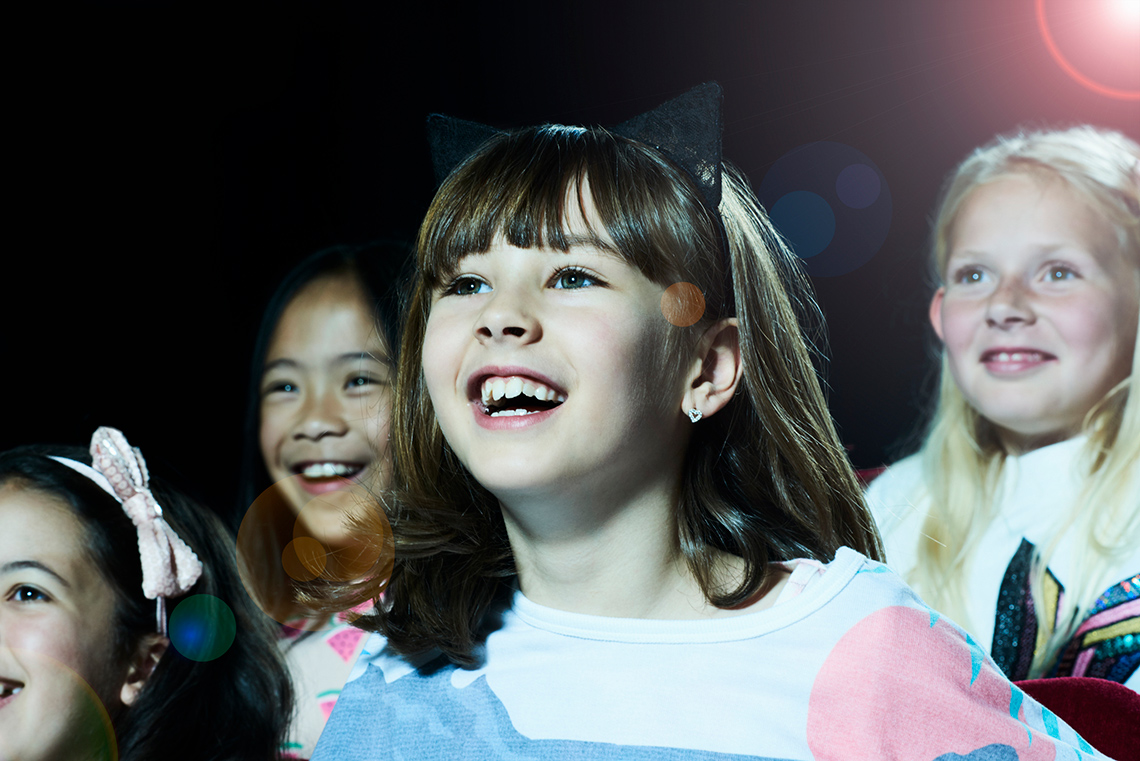
As an actor, it’s your job to engage the audience. That means you need to keep the audience interested in what you are doing. There are many different ways to do this.
Explore this video entitled “Body, Face, and Voice” to learn more about how actors use body movement, facial expressions, and vocal cues to convey emotion.
What did you learn from the video?
How can body, face, and/or voice be used to engage with the audience?
Press ‘Hint’ to access ways you can engage with the audience.
- Your body could be used to create physical movements.
- Gestures like clasping one’s hands could be used to show an action.
- Facial expressions could be used to show different types of emotion.
- Different tones of voice might be used to convey what emotion the actor is trying to portray.
Act it out!
Let’s explore this video of Chase from Big Top Academy. Make a list of the ways that Chase uses his body, face, and voice while playing this character.
Press ‘Examples’ to access some ways in which Chase uses his body, face, and voice.
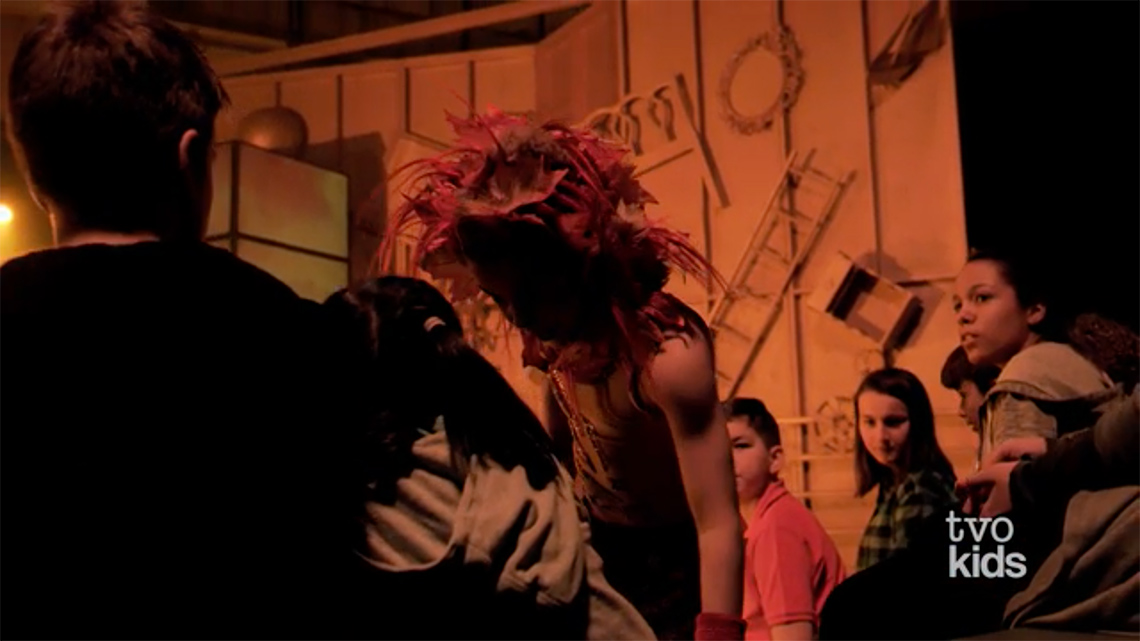
Chase makes angry facial expressions to appear like a scary lion.
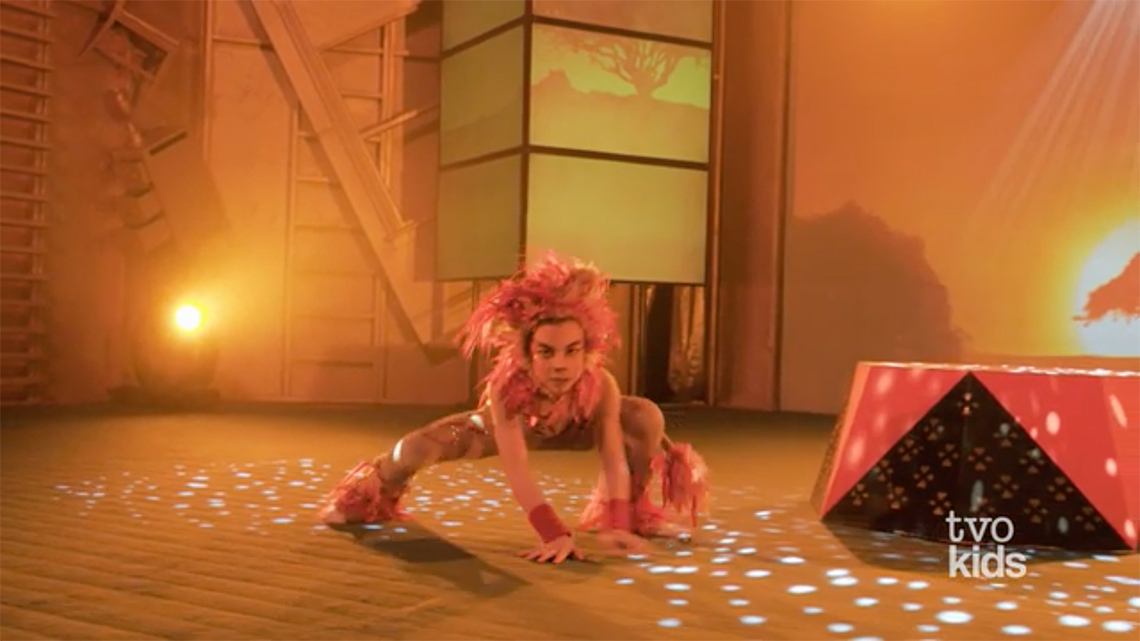
Chase uses his body to move like a lion.
What are Chase’s motivations as a performer? What makes him a good lion?
Press ‘Answer’ to learn about Chase’s motivations.
Chase wants to do a good job. He wants to be as real as possible and even scare the audience a little.
How does the audience respond to his performance?
Press ‘Answer’ to find out how the audience responds.
The audience responds by clapping and getting involved in the performance. Some of them appear scared at some parts, which is what Chase wanted.
Your turn!
It’s your turn to create, and if possible, act out a scenario!
Explore the following images to learn more about how people use their gestures, facial expressions, and body movements to engage with audiences.
Think about the images you just explored and the videos in the previous sections. How would you engage your audience? You could use gestures, facial expressions, tone of voice, body movements, and more to guide you. You can combine these as well. For example, you can make a facial expression while also using gestures.
Review the following prompts. You will use these prompts and what you have learned about engaging your audience to make up your own lines or narrate a story.
Record your story in writing, digitally, or as an audio recording. You can also create a detailed written or audio description of how you would perform this scenario. Consider adding your work to your drama portfolio.
Prompts
You are:
- an astronaut who just discovered the moon is made of cheese
- a scientist who created the largest bouncy ball in the world
- a baker who bakes the largest cookie ever created
Explore this video entitled “Acting Out a Character” to learn more about how actors get into role.
Consolidation
Let's review!
For each term, select the corresponding definition.
Try it again!

Let’s work on your skills! Explore the prompts from the Action section and try them again. This time, try to use your body, face, and/or voice in a different way to play the character differently.
Press ‘Prompts’ to recall the prompts from the Action section.
You are:
- an astronaut who just discovered the moon is made of cheese
- a scientist who created the largest bouncy ball in the world
- a baker who bakes the largest cookie ever created
Practise in front of a mirror or with a partner, if possible, as many times as needed.
You can also create a detailed written or audio description of how you would play the character.
Press ‘Hint’ to access ways you can engage with the audience using your body, face, and voice.
- Your body could be used to create physical movements.
- Gestures like clasping one’s hands could be used to show an action.
- Facial expressions could be used to show different types of emotion.
- Different tones of voice might be used to convey what emotion the actor is trying to portray.
Portfolio
Review your learning
Reflect on the following questions and record your thoughts using a method of your choice. Consider adding your ideas to your drama portfolio.
- How did you incorporate body, face, and/or voice while you were portraying your character?
- How did the second time differ than the first? What did you change and why?
- How do you think an audience would respond to your character?
Reflection
As you read through these descriptions, which sentence best describes how you are feeling about your understanding of this learning activity? Press the button that is beside this sentence.
I feel…
Now, record your ideas using a voice recorder, speech-to-text, or writing tool.
